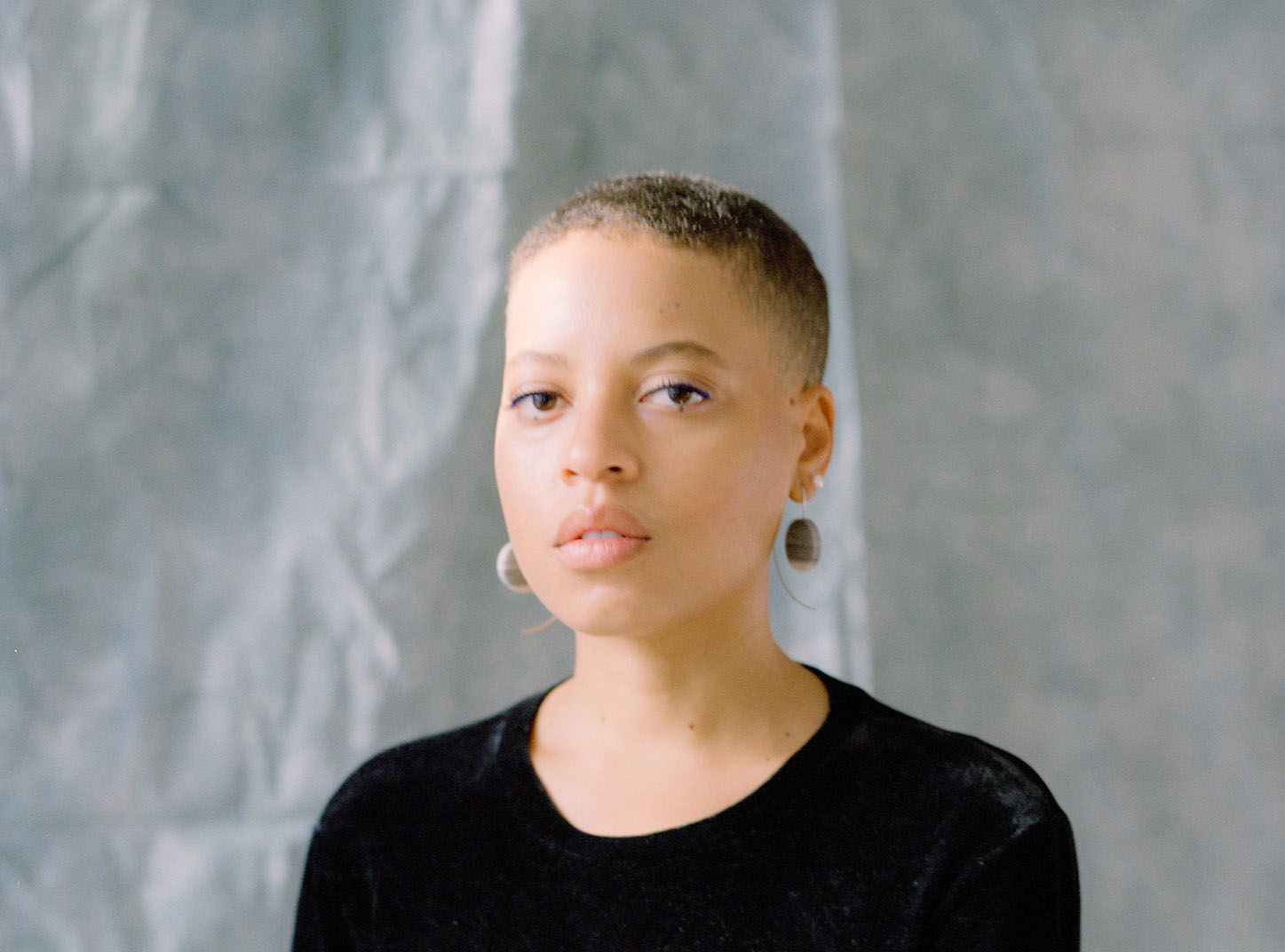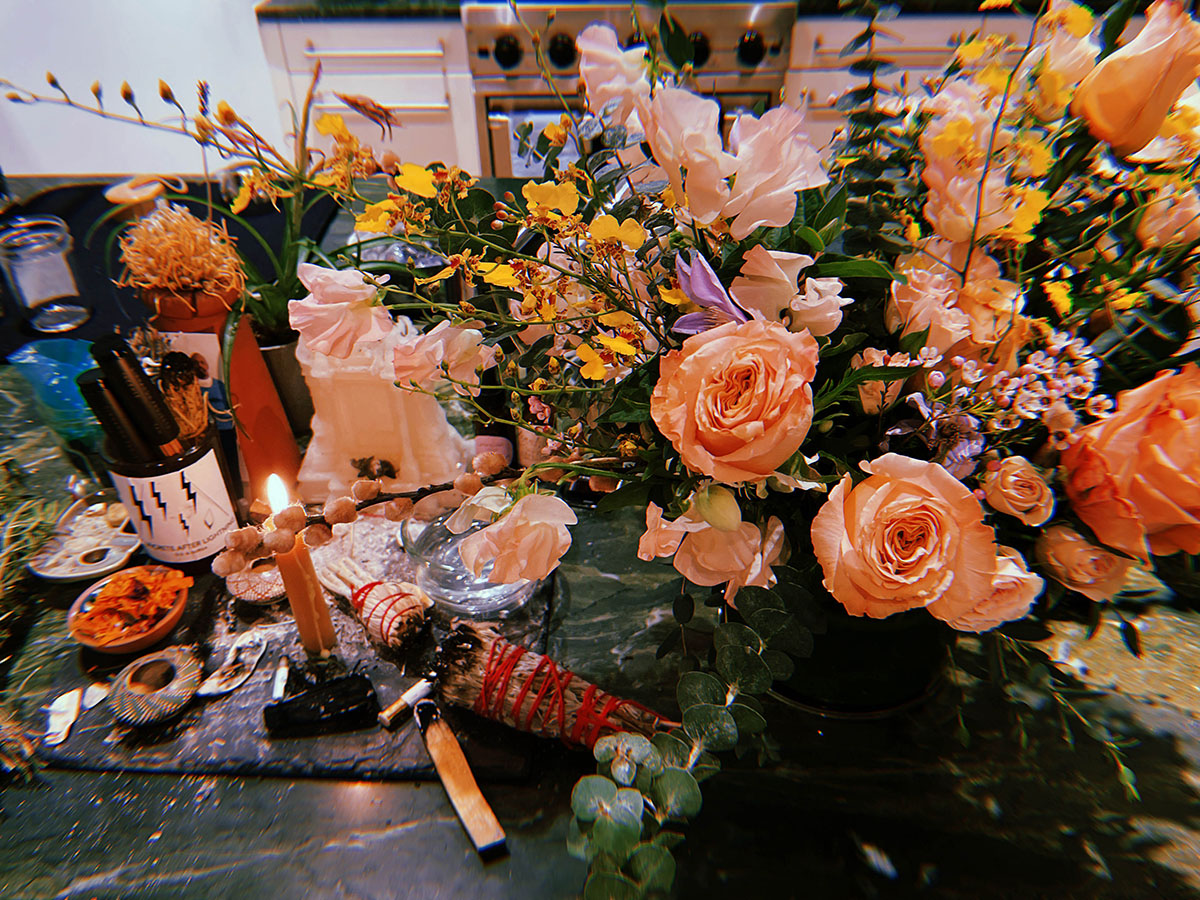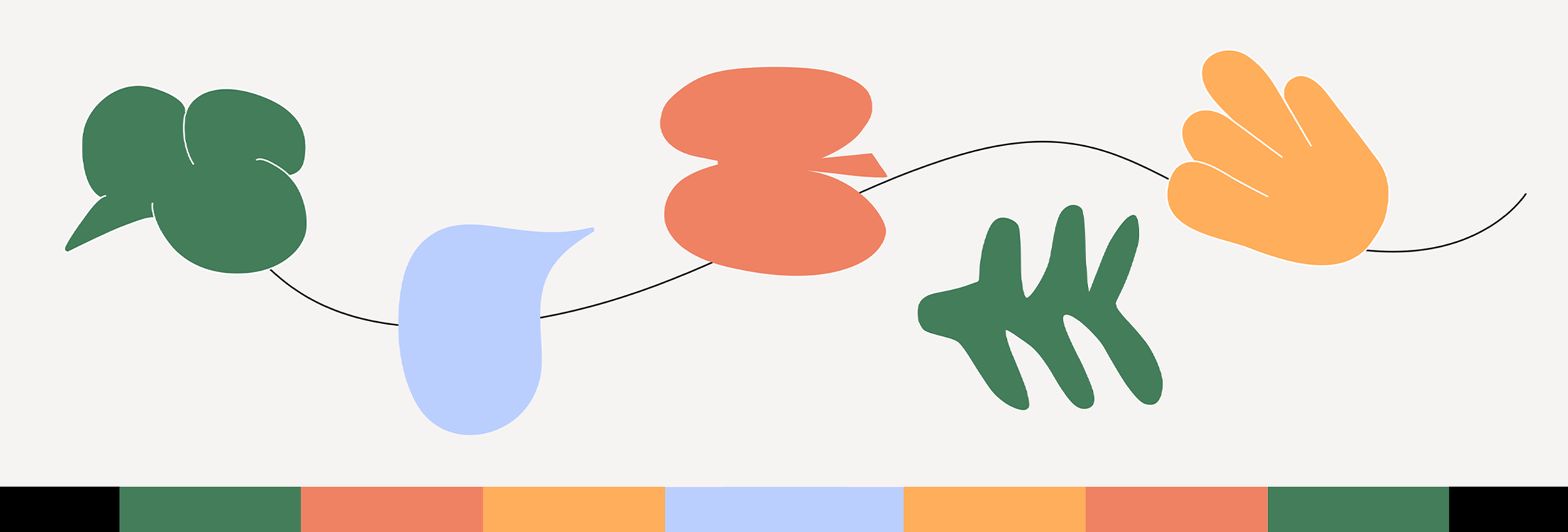
NAIMA
GREEN
What pieces of the present are missing from the archives of the future? What if we looked more at possibility and intimacy, rather than death?
Photograph by David Vades Joseph
Watch our conversation with Naima Green and read along below.
Video Transcript
Naima Green is an artist, photographer and educator from New York. Her work is an invitation to participate, observe and consider safety, utopia and intimacy.
How can I make work that centers the experiences of Black and Brown people, that centers the experiences of queer people, that centers the experiences of women and do that in a way that feels abundant and emerging and adaptive so that people don't feel fixed within their understanding of who they are and what the possibilities can be?
Someone said to me, “this feels like a family reunion.”
Intimacy
Through the act of portraiture, you are able to look closely and observe people.
I had never really centered my own figure or my own body in my work until a few years ago, for multiple reasons. I just didn't want to, but I think I also didn't want to do the type of intentional looking that I do with other people on myself.
So I think one of the ways that I feel freed by the act of portraiture is starting to work in self-portraiture in 2017 and then also really starting to concretely think about power and power dynamics and control within photography and thinking about ways to loosen that.

I feel like this work allows me to be expansive and allows me to challenge my own understandings of who I thought I needed to be versus who I am. I think that's what photography requires and portraiture requires: vulnerability, and the ability to establish and a desire to establish intimacy.
In 2017, I began a project called Attraction Experiment. And I invited people who I'm attracted to — which ranges from friends to exes to people that I didn't really know well but I was drawn to them in some capacity — to make a portrait alongside them. To participate they had to provide me instructions. So with Attraction Experiment, I was able to completely submit to whatever the kind of written text was, of what they wanted me to do, and then also know that that experience and experiment was short. Because it was short, I felt really safe to be a big and bold actor as well and have a lot of fun with it.
And I think that really, that work and that series — I actually don't show it except for when I'm giving artist talks — but it really opened up so much for me and like what I'm able to do and how I'm able to see myself. And so I was really able to see myself completely outside of my own understanding of self. And that, at the time, was such a such a gift for me.
Archives of the Future
I don't think that I would make the work that I make, or I'm interested in making, if it weren't coming from a place of care. I see it as integral: I see it as integral as a teacher, I see it as integral as an artist. And for me, those things are absolutely interconnected and intertwined.
The care and desire to see the communities around me and to honor the people around me is what motivates me to continue making the work. Because I see areas where there are gaps or there are absences or holes of information. And usually around the communities that I am a part of because I think that I'm always in conversation with the historical in some way or the other — whether I'm looking at it and wanting to add to what already exists or I'm wanting to challenge what those representations look like.
And then in terms of art making, being able to visualize and document and celebrate through artistic practices that future so that it's not erased or written out, or so that it's not possible — in maintaining and in creating these archives — that it's not possible for people to say that we didn't exist in the way that we did and that the ways that we are right now. To be in the archives is also about the future.

To be Seen
One message that I got that really just like cut to my heart-center was a DM [direct message] from a young person who said, “you know, I live in a place where it's not okay to be queer, and I don't feel affirmed in my identity in any way. Someone sent me the deck and I feel less alone.” And that was such a powerful message to receive because I'm one of those people who is really hard on themselves, and that message came on a day when I was feeling really down. I just remember being like, “oh shit, like this is having a whole life outside of me,” and that's so beautiful — that there are so many people that this might touch that I'll never know about.
I have a friend who has sat now three times for a photoshoot. She said to me, “This work has been helping me get closer to who I am and who I wanna be and how I see myself and how I wanna see myself. Allowing you to look at me has been so challenging.”
For this to take up — in some way and in some circles, in some communities — a prominent space, of being able to see your community or see your girlfriend or your ex or your friend, and then see them in this deck of cards that you can keep in your pocket and keep with you at all times, and then also see them large on a museum wall in a space where most of the people I know have never even dreamt of seeing themselves inside a museum. It really opens up a lot of ways of thinking about the way that we can take up space.
“Jewels from the Hinterland” specifically, that work is about picturing people of the African diaspora in lush urban green spaces to challenge notions of who belongs in these spaces, how we belong, how we can be situated in them, and to prioritize visualizing leisure and rest and gentleness and play. So when I'm in a new green space or environment, I'm most frequently drawn towards the things that are like all-consuming green, that are overgrown, you know, magnolias in full bloom, and thinking about the delicateness of nature and pairing that in relationship with Black people and Black figures.

Care still life, by Naima Green
Spaces to Rest
“& Full of Dreams Too” is a project that I made at the end of 2020 with the Northeast Sculpture Center. They have a billboard project that they started in response to George Floyd's murder in Minneapolis. Initially I said no. I said, my work does not directly work with death; in fact, I'm actively trying to think about and celebrate life. I am just such a sensitive person. I feel like ever since I saw — I'm gonna say — earlier murders in 2016 when so many children were being killed, I was so deeply depressed after not even searching for those things, but stumbling upon them, so I had to basically change all of my internet settings.
When William [at Northeast Sculpture Center] asked me again, I remember that I was in control of what the visual would be. And so I didn't want the figure, any figure, any body to be forced to do any work basically in the billboard. So I started thinking about images that I have just of green space and pairing it with a textural element rather than a portrait.
And so just thinking about that moment that leads us somewhere but we don't know where we are, we don't know where we're being led to, it feels like some sort of opening. My hope is that people can see themselves within that environment.
And then the text, you know, across the billboard says “& full of dreams too.” We never hear about what they dreamed about, what they wanted to be, what the possibilities were for their life. So it felt really important to center that, that yes, we can be daughters and partners and students and grocery clerks and whatever. But we also have dreams and those identities of my job or my role or who I'm in relationship with cannot tell you what my life was about.

